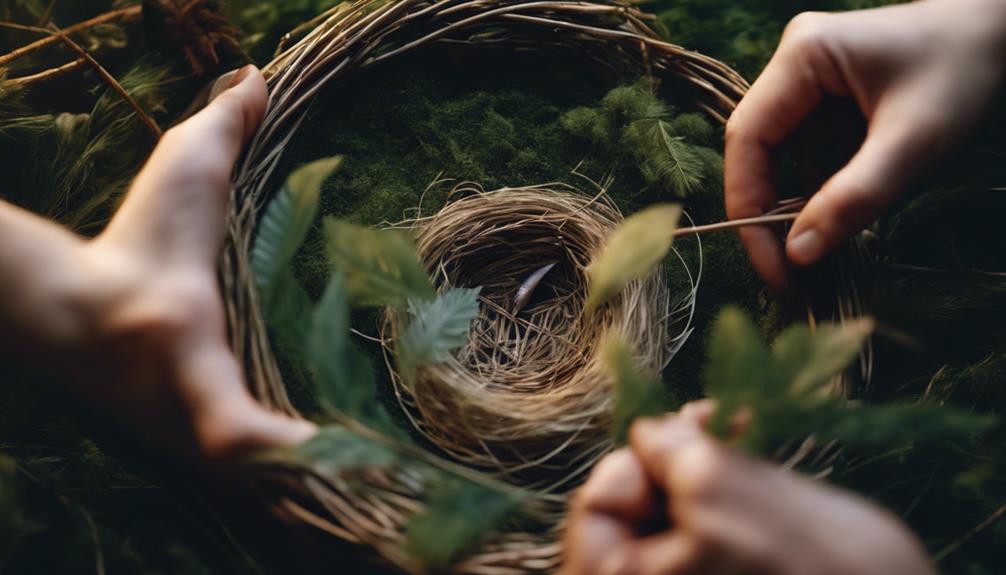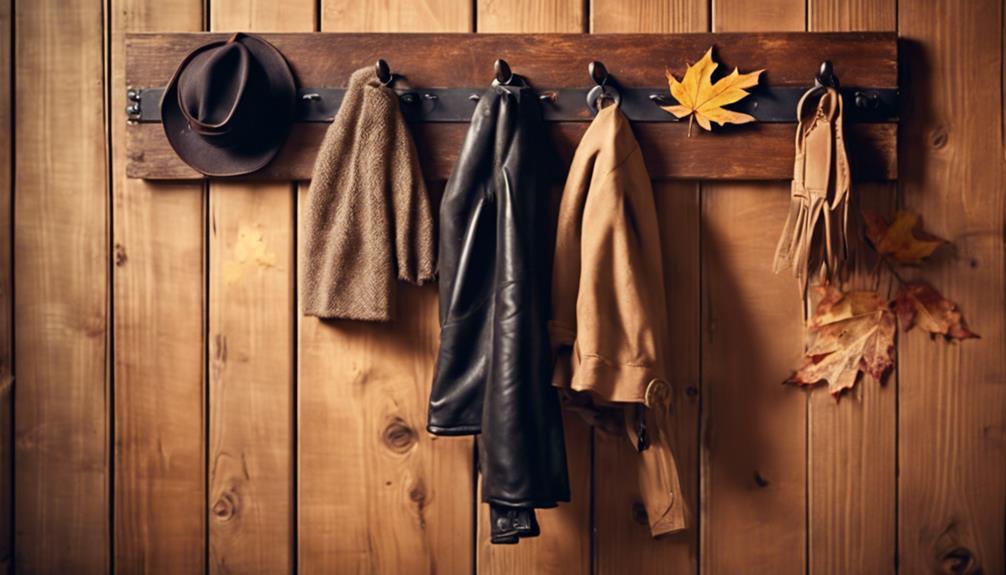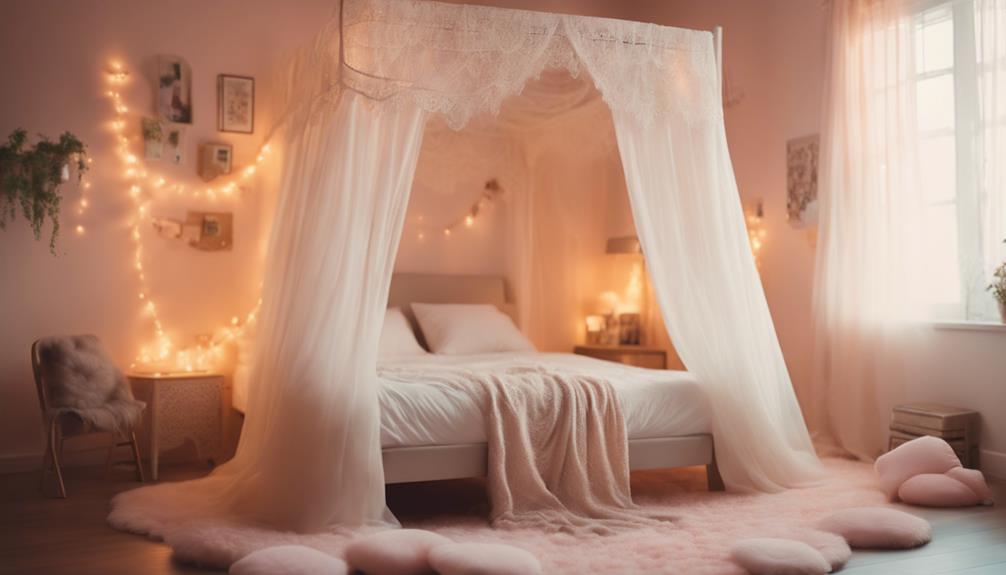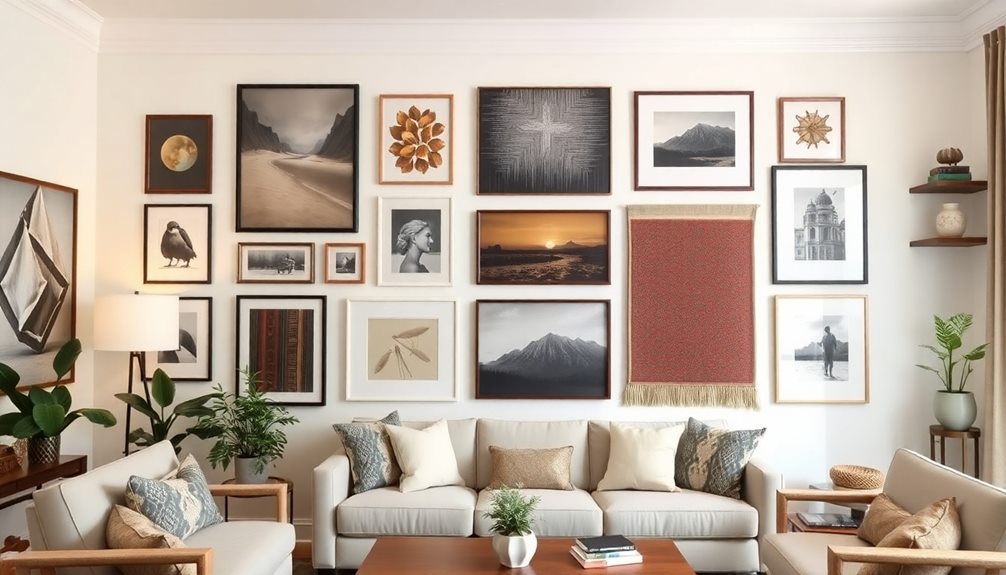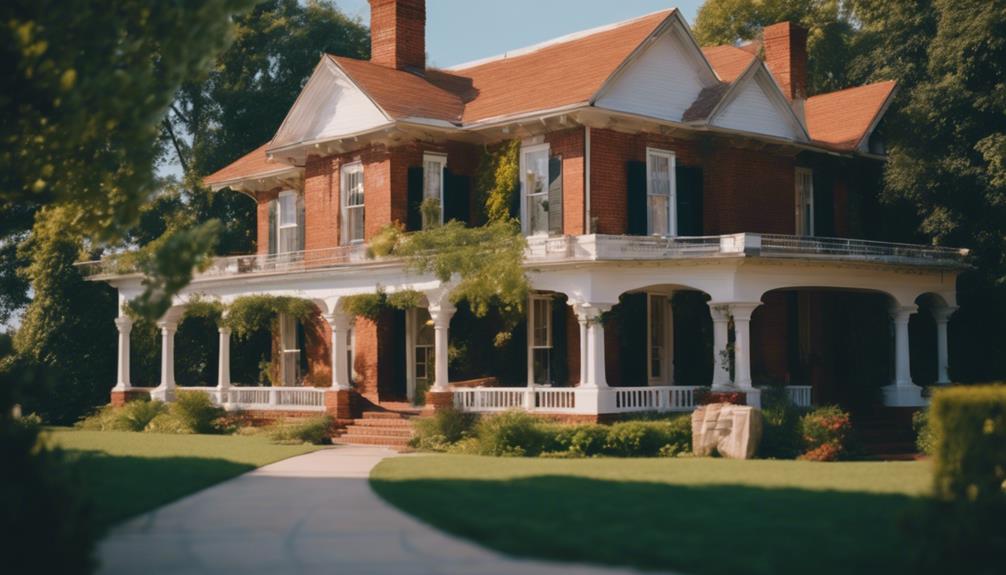To make a bird nest in 5 simple steps, start by gathering natural materials like dried grass, Spanish moss, sticks, and leaves, focusing on a variety of textures and colors. Next, set up your workspace with essential tools like scissors and adhesive spray, ensuring a well-ventilated area. Apply a thin layer of adhesive to shape the nest, spreading it evenly for a stable base. Then, add texture and depth with a mix of materials, experimenting with placement and arrangement. Finally, let the nest dry and set, showcasing your handiwork once complete. Now, discover the finer details that'll make your creation truly sing.
Key Takeaways
• Collect outdoor materials like dried grass, Spanish moss, sticks, and leaves, varying textures and colors for a natural look.
• Set up a workspace with essential tools, a well-ventilated area, and protected surface to ensure a smooth crafting process.
• Apply a thin layer of adhesive spray to shape the nest, spreading it evenly for a stable base and molding it into a sturdy cup.
• Add texture and depth by layering materials like moss, twigs, and leaves, experimenting with placement and arrangement for visual contrast.
• Allow the nest to dry and set for a few hours or overnight, ensuring the adhesive and sealant have dried thoroughly for a beautiful, decorative piece.
Gather Natural Materials
Head outdoors to collect dried grass, Spanish moss, sticks, and leaves, which will serve as the foundation of your realistic bird nest. You can find these natural materials in parks, your yard, or even purchase them online from retailers like Amazon for convenience. When gathering, look for a variety of textures and colors to add depth and realism to your DIY creation.
The Spanish moss, in particular, will help give your nest a soft, fluffy appearance. Sticks will provide the structural framework, while leaves and dried grass will fill in the gaps. Be sure to collect an assortment of shapes and sizes to create a natural, layered look.
Once you've gathered your materials, set them aside for now – you'll be using them to shape your nest in the next step. Remember, the key to a realistic bird nest is to incorporate a range of natural materials, so take your time and gather a diverse selection.
You won't be using the spray adhesive just yet, but it's essential to have all your materials ready before moving forward.
Prepare Workspace and Tools
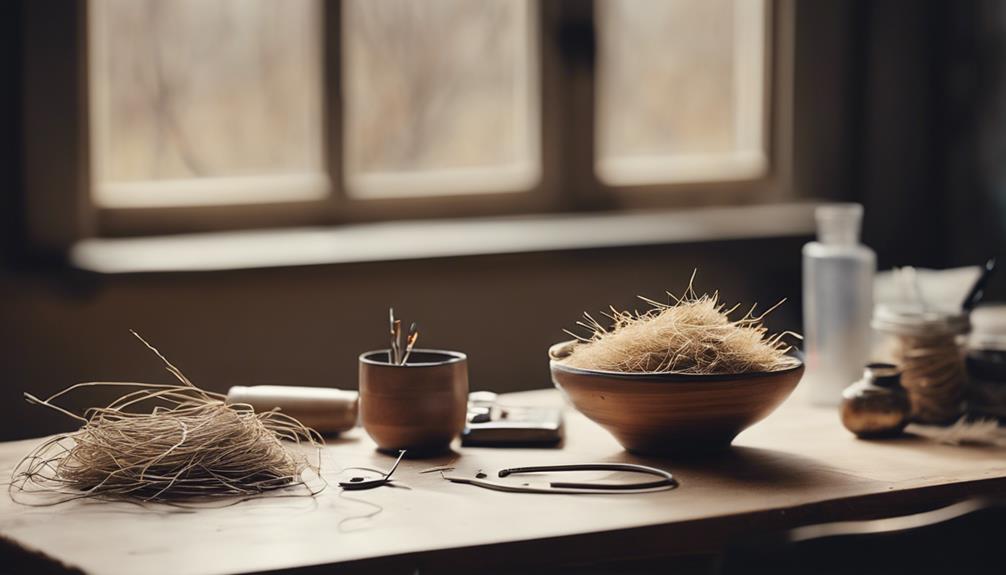
Clear your workspace and gather essential tools like scissors, adhesive spray, and moss to start building a realistic bird nest.
As you prepare your workspace, make sure you have a well-ventilated area to work in and protect your surface with craft paper or newspaper. Having all your materials and tools ready will make the process smoother and more efficient. Wearing gloves can help protect your hands while working with adhesive spray and natural materials.
By setting up your workspace properly, you'll be able to focus on crafting a beautiful bird nest in the following steps.
As you work on your bird nest, remember that birds love to build their homes in the Spring, and a cozy nest is vital for their survival. Your creation will be a perfect replica of a bird's home, complete with moss and other natural materials.
With your workspace and tools ready, you're one step closer to creating a stunning bird nest that'll be the perfect addition to your home.
Shape the Nest With Adhesive
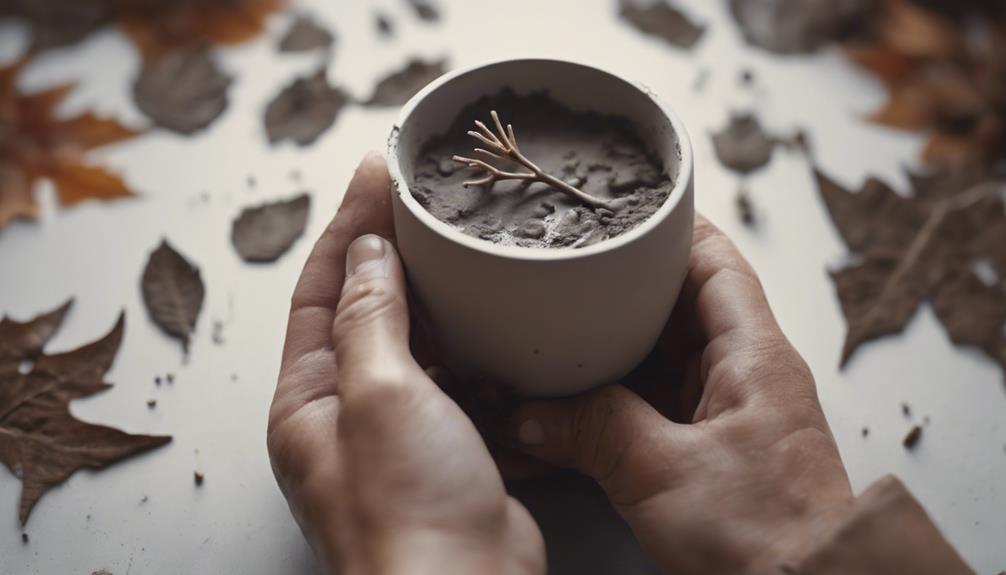
With spray adhesive in hand, you're ready to shape your bird nest by applying a thin, even layer to the center of the moss, allowing you to mold it into a sturdy, cup-like structure. The adhesive increases the malleability of the nest, making it easier to manipulate into the desired shape.
As you apply the adhesive, make sure it's spread evenly to hold the nest together securely. This will provide a stable base for adding twigs, boxwood stems, and other decorative elements later on. The spray adhesive also allows for flexibility in adding these elements, making it easier to create a natural-looking bird nest.
Once you've applied the adhesive, use your thumbs to gently push down the middle of the nest, shaping it into a sturdy cup. This will create a cozy space for the eggs and other decorative elements you'll add later. With the nest taking shape, you're one step closer to creating a beautiful, realistic bird nest.
Add Texture and Depth
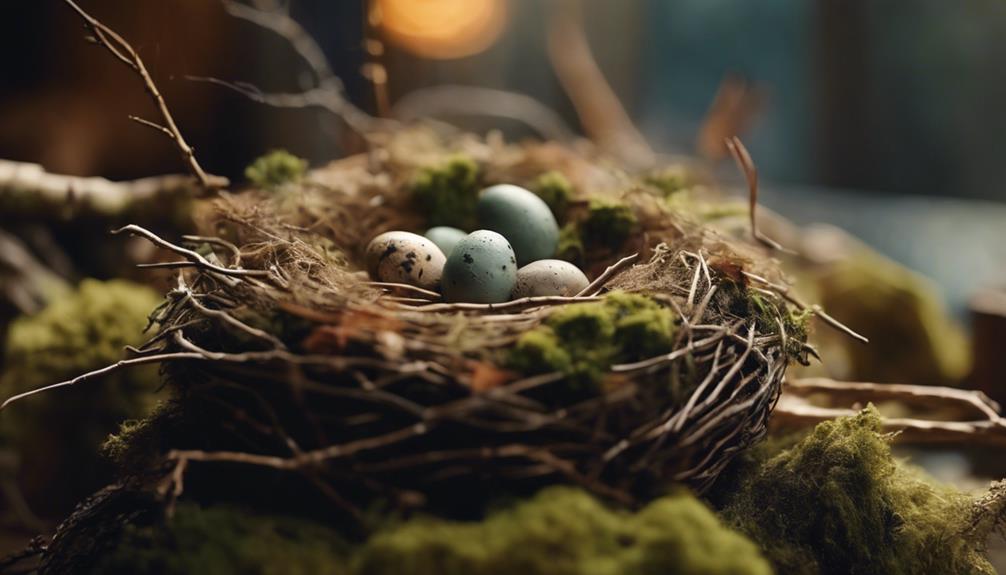
Now that your nest has taken shape, start adding texture and depth by layering a mix of materials like moss, twigs, and leaves to create a visually appealing and realistic bird nest. This is where you can get creative and have fun with the process.
To add texture and depth to your nest, try the following:
- Vary the colors and shapes of the materials you use to create a visually appealing contrast.
- Experiment with different placement and arrangement of materials to achieve the desired look for your bird nest.
- Consider incorporating small feathers or tiny eggs to bring a touch of authenticity to the nest.
Allow to Dry and Finish
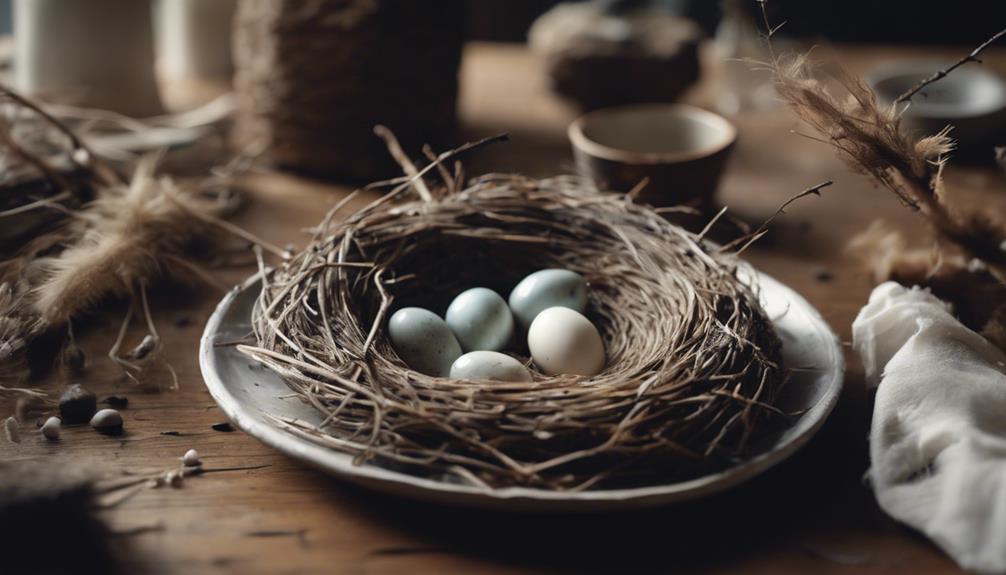
You've carefully crafted your bird nest, adding texture and depth with an assortment of materials, and now it's time to let it dry and set. This important step requires patience, as the drying time can vary depending on the materials used. Typically, a few hours to overnight is sufficient, but it's vital to make sure that the adhesive and any sealant applied have dried thoroughly for a sturdy and finished look.
Rushing the process can compromise the structure of your nest, causing elements to shift or fall apart. By exercising patience, you'll be rewarded with a beautiful, decorative piece that's ready to be displayed in your home or used as a charming addition to seasonal celebrations. Once fully dried, your bird nest is complete, and you can proudly showcase your handiwork.
With its unique texture and depth, it's sure to be a conversation starter. So, take a step back, let your nest dry, and get ready to enjoy the fruits of your labor.
Frequently Asked Questions
How to Make a Simple Bird Nest?
To make a simple bird nest, you'll need a few natural materials like twigs, moss, and feathers. Start by gathering your supplies and deciding on the size and shape of your nest.
You can use a wire or foam base to help hold the shape, or go for a more rustic look with just twigs and stems. Then, attach the twigs together with wire or hot glue, and fill in the gaps with moss and feathers for a cozy, natural look.
How Do Birds Make Nests for Kids?
When you wonder how birds make nests, you'll discover it's a remarkable process.
You'll find that birds use their beaks and feet to collect twigs, grass, feathers, and mud, carefully arranging these materials to create a safe space for their eggs and chicks.
Different species build unique nests, from cup nests to cavity nests, showcasing their impressive skills.
How to Make a Baby Bird Nest?
As you begin creating a baby bird nest, envision crafting a snug, intricate haven for tiny hatchlings. You're about to weave a cozy sanctuary, just like parent birds do.
Start by gathering materials like twigs, grass, and feathers. Collect soft, pliable items that can be shaped and molded.
Think about the nest's structure: it should be sturdy, yet comfortable.
Now, let's get started on building a baby bird nest that's both functional and adorable.
How Do You Make a Bird Nest at School?
When you're tasked with making a bird nest at school, you'll likely be working with limited materials and supervision. Start by gathering cardboard boxes, scissors, tape, and other basic craft supplies.
Consider partnering with classmates to brainstorm and divide tasks. Since you're in a school setting, be mindful of time constraints and potential distractions.
Focus on creating a sturdy, functional nest that can withstand outdoor conditions, and don't hesitate to ask your teacher for guidance when needed.
Conclusion
You've crafted a bird's nest, a marvel of twigs and twine, a reflection of your patience and ingenuity.
Yet, as you step back, you can't help but notice the irony – your creation, so meticulously constructed, is but a pale imitation of the intricate masterpieces birds weave with ease.
Still, take pride in your handiwork; after all, even the most seasoned birds likely started with humble beginnings, just like yours.
